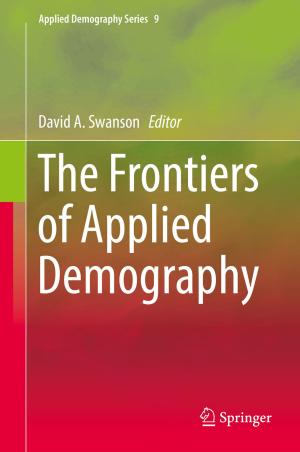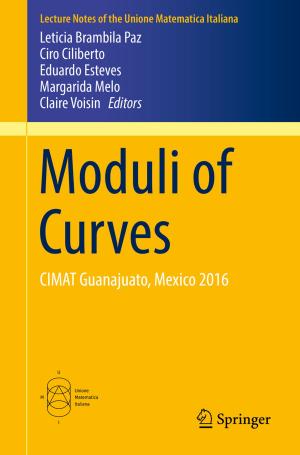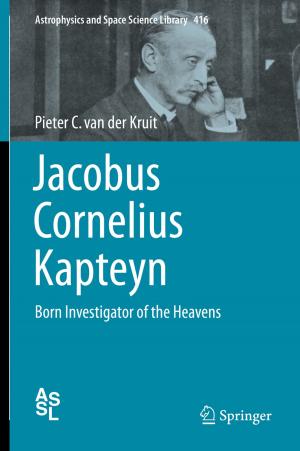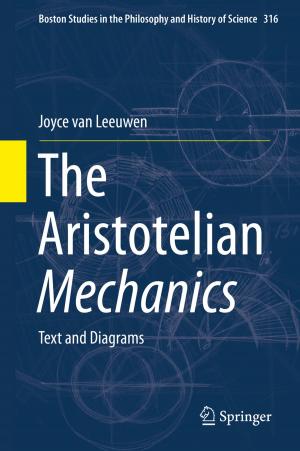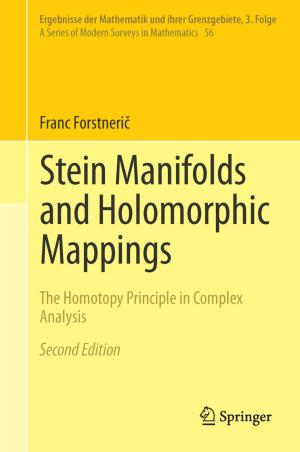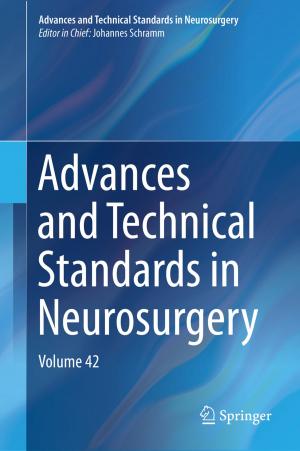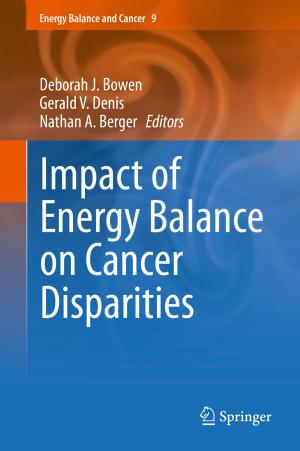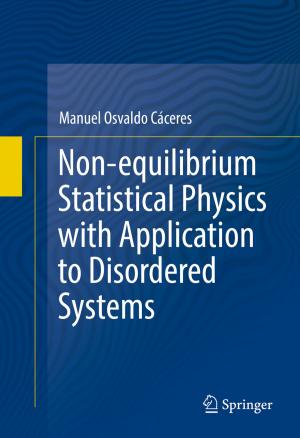Gravitational Atlas of Antarctica
Nonfiction, Science & Nature, Science, Earth Sciences, Geophysics, Geology| Author: | Jaroslav Klokočník, Jan Kostelecký, Aleš Bezděk | ISBN: | 9783319566399 |
| Publisher: | Springer International Publishing | Publication: | May 21, 2017 |
| Imprint: | Springer | Language: | English |
| Author: | Jaroslav Klokočník, Jan Kostelecký, Aleš Bezděk |
| ISBN: | 9783319566399 |
| Publisher: | Springer International Publishing |
| Publication: | May 21, 2017 |
| Imprint: | Springer |
| Language: | English |
This book presents maps of Antarctica, exploring various aspects of its disturbing geopotential and based on the EIGEN 6C4 model, arguably the best gravitational field model currently available. It also provides the latest data on Antarctica’s bedrock topography according to Bedmap 2. In an extensive series of segment maps the book highlights (i) a gravity anomaly (disturbance), (ii) the Marussi tensor of the second derivatives of the disturbing geopotential, (iii) invariants and their ratios, (iv) the strike angle, and (v) virtual deformations.
Due to their various degrees of sensitivity to the density contrasts of causative bodies under the Earth’s surface, these maps provide many details that have a range of potential geo-applications. They guide the reader through the entire continent, in segments divided by 30 degrees of longitude, and through geodetic latitudes of between 60 and 90 degrees south. Each segment is complemented by detailed zoom-in maps for selected localities of special interest.
This book presents maps of Antarctica, exploring various aspects of its disturbing geopotential and based on the EIGEN 6C4 model, arguably the best gravitational field model currently available. It also provides the latest data on Antarctica’s bedrock topography according to Bedmap 2. In an extensive series of segment maps the book highlights (i) a gravity anomaly (disturbance), (ii) the Marussi tensor of the second derivatives of the disturbing geopotential, (iii) invariants and their ratios, (iv) the strike angle, and (v) virtual deformations.
Due to their various degrees of sensitivity to the density contrasts of causative bodies under the Earth’s surface, these maps provide many details that have a range of potential geo-applications. They guide the reader through the entire continent, in segments divided by 30 degrees of longitude, and through geodetic latitudes of between 60 and 90 degrees south. Each segment is complemented by detailed zoom-in maps for selected localities of special interest.




